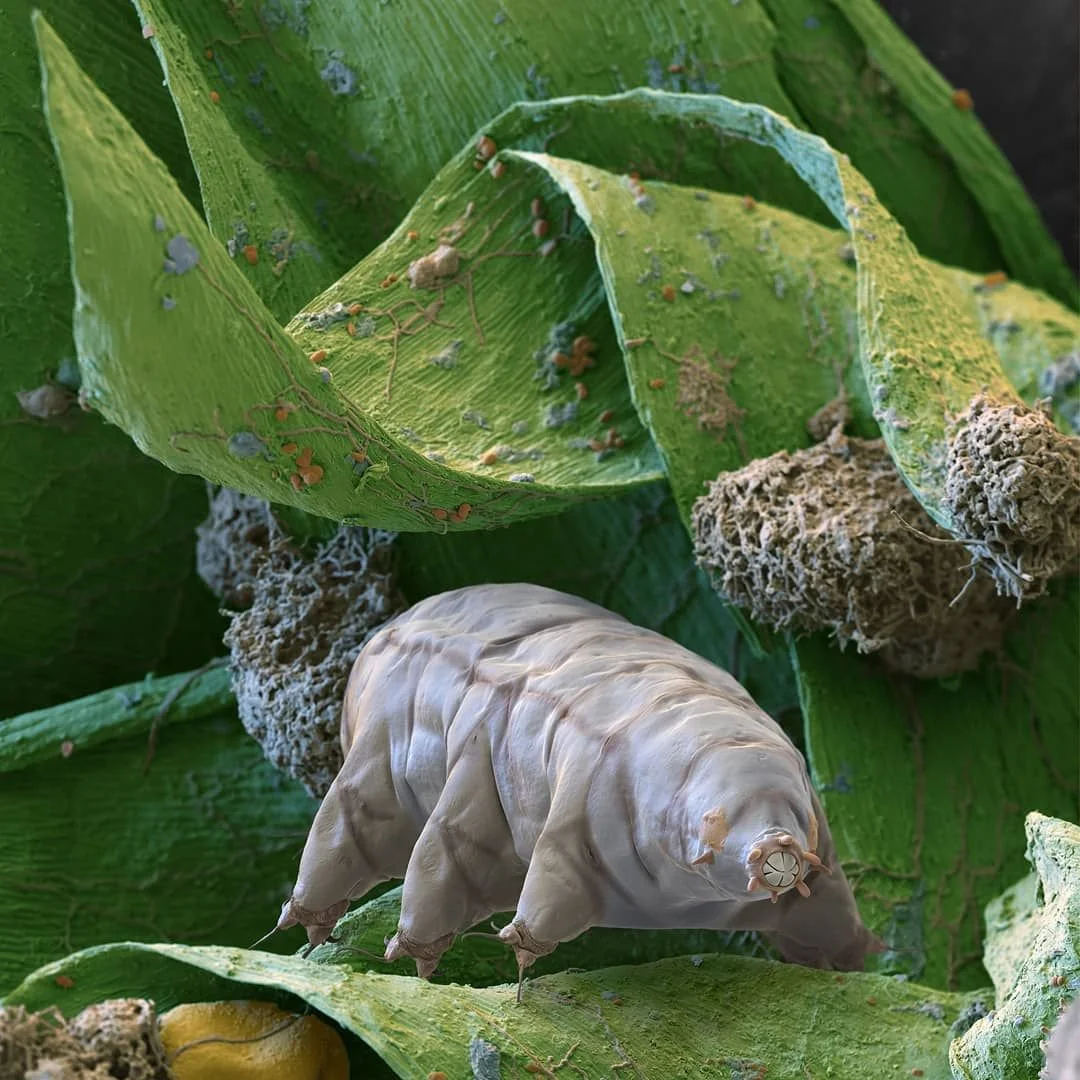Astrobiology
The study of the potential for tardigrades to survive in extreme environments on other planets and moons, and their role in the search for extraterrestrial life.
Introduction:
Biotechnology, a rapidly evolving field,harnesses the power of living organisms to develop novel technologies and products. Among the many fascinating avenues of exploration,tardigrade biology has emerged as a promising source of inspiration. In this article, we delve into the applications of tardigrade biology in biotechnology, specifically focusing on the development of biomaterials and biopharmaceuticals.
Frequently Asked Questions
While tardigrades are exceptionally resilient, other organisms, such as certain bacteria and microbial life, have also shown adaptability to extreme environments
Tardigrades can survive for extended periods in space, but they do require certain conditions to sustain their life cycle over the long term.
Tardigrades are not native to extraterrestrial environments but demonstrate the potential for life to exist beyond Earth.

Conclusion:
Astrobiology’s focus on the potential survival of tardigrades in extreme environments on other planets and moons holds tremendous significance. These hardy organisms provide insights into the conditions required for life’s sustenance beyond Earth. By studying tardigrades, scientists inch closer to unraveling the mysteries of the cosmos and expanding our understanding of the existence of extraterrestrial life forms. The remarkable adaptability of tardigrades sparks hope for discovering life in the most unexpected corners of the universe.
